Mevlevi Hane
phone: 032 631720Mevlevi (Mavlevi) Hane is located in the Old Town and is defined as the only dervish monastery of this kind, which is actually Muslim. He belonged to the Persian religious community of the Order of the Dancing Dervishes or better known as “mavlevii”.
Once in this place, which is connected with the east fortress wall of the Acropolis in front of the north slope of Dzhambaz Tepe, there was a Christian church. It is assumed that it was destroyed in 1410 during civil wars in the Ottoman state. It is believed that the Mevlevi order died out sometime in the early 20th century and that it was probably active across these lands for almost a century. The former complex included a house of prayer – a mosque, a hall for ritual dances of the dervishes, and residential buildings. At the end of the 19th century, the monastery was abandoned and only the hall for ritual dances survived. According to descriptions, the middle part of the ceiling was decorated with a wood-carved sun.
The main building had almost a square shape, measuring 14 to 16 meters. Inside there was a room formed by eight oak columns, supporting the ceiling with wooden casing. Historians claim that there had been indentation with plastered withers, written with garlands and eight medallions with quotes from the Koran. It can be said, however, that the Tekke of the dancing dervishes of Jalal ad-Din Muhammad Rumi “Mevlevi Hane” is well-preserved.
North of the building of the Mevlevi Hane, the archaeological excavations revealed part of the fortress wall of the ancient city on the inner side with adjacent rooms with different functions. Now the finds are exhibited in the underground hall, arranged under the yard of the monastery complex. The exterior architecture of the building is modest, but the interior rich in carvings and murals shows extravagance. The implementation of the details in the decoration testifies to the skills of the Bulgarian master builders of the Renaissance and to the influence which they exercised with their art even in the Ottoman religious buildings.
Slaveykov wrote about the dervishes in Plovdiv. He described their lifestyle and customs. The sheikh was most prominent among them, but the age of the one described at the time was strange – only 11. He was supposed to have Harem and one of the girls, which Slaveykov wrote about, was slightly older than him. The Sheikh was often seen playing in the sand in the yard and nothing could distinguish him from the other children. The rites performed by the dervishes were strange and incomprehensible to the general population of the city, so they were seen as mysterious and mystical people.
Today the building functions as a restaurant Paldin.


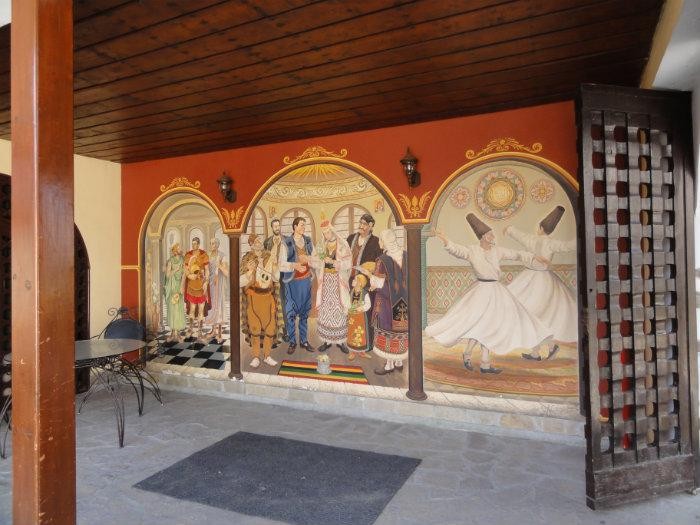
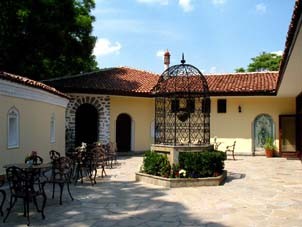
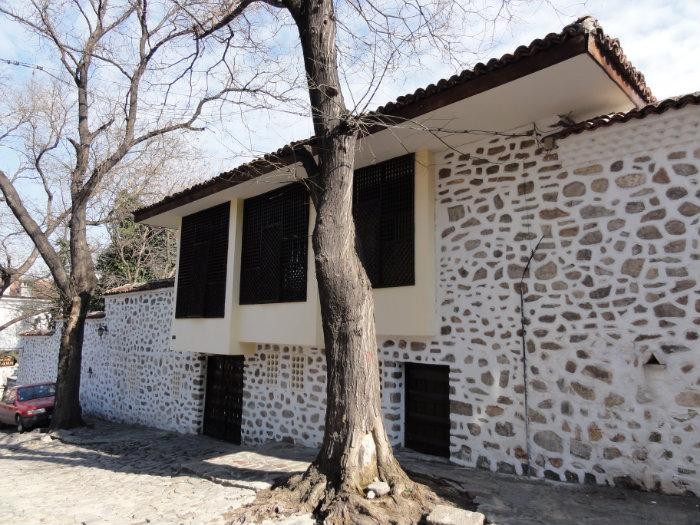
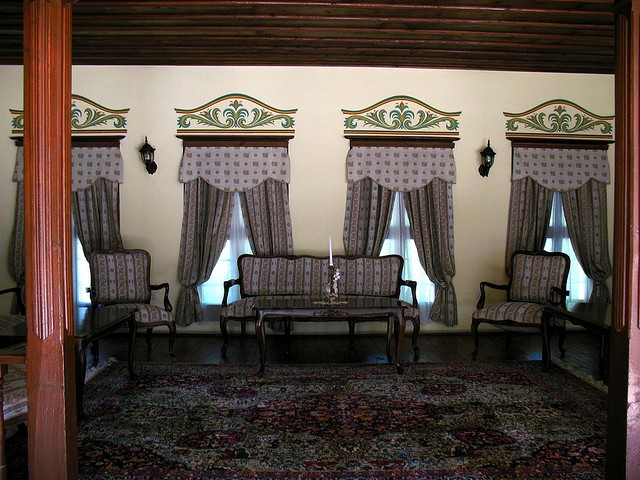
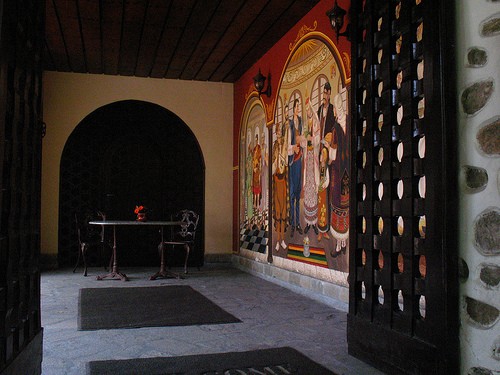









Add new comment